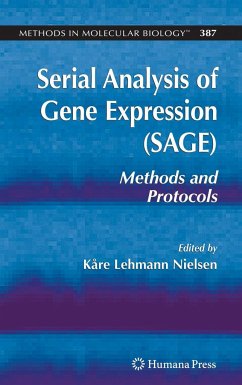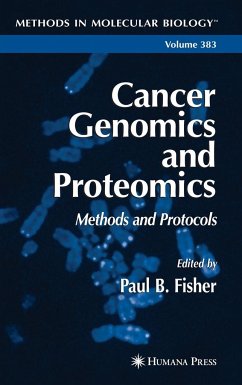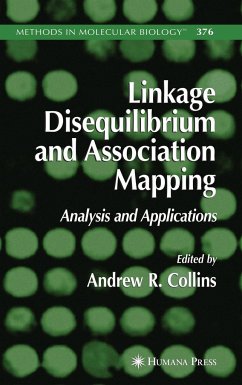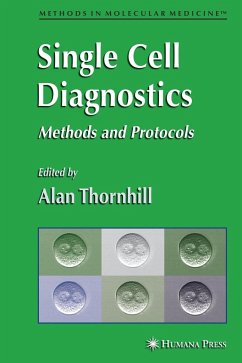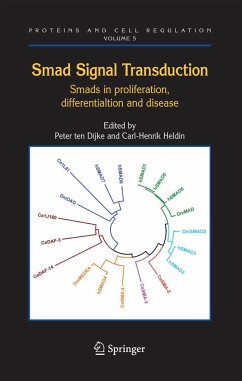
Gene Function Analysis
Versandkostenfrei!
Versandfertig in 6-10 Tagen
113,99 €
inkl. MwSt.

PAYBACK Punkte
57 °P sammeln!
This volume of Methods in Molecular Biology focuses on techniques to determine the function of a gene. Traditionally, the function of a gene was determined following cloning, which provided its DNA sequence and an ab- ity to modify this sequence. Experiments were performed that looked for p- notypic changes in a cell line or model organism following modifications to the sequence, knocking out of the gene, or enhancing expression of the gene. In the 1990's, the growing sequence databases and the BLAST algorithm provided additional power by allowing identification of genes with known function th...
This volume of Methods in Molecular Biology focuses on techniques to determine the function of a gene. Traditionally, the function of a gene was determined following cloning, which provided its DNA sequence and an ab- ity to modify this sequence. Experiments were performed that looked for p- notypic changes in a cell line or model organism following modifications to the sequence, knocking out of the gene, or enhancing expression of the gene. In the 1990's, the growing sequence databases and the BLAST algorithm provided additional power by allowing identification of genes with known function that had similar sequences and potentially similar molecular mechanisms. On the experimental side, methods, such as two-hybrid screening that could directly determine the partners of specific proteins and even the domains of interaction, came into widespread use. With the advent of high-throughput technologies following completion of the human genome project and similar projects in model organisms, the n- ber of genes of interest has expanded and the traditional methods for gene fu- tion analysis cannot achieve the throughput necessary for large-scale exploration. Although computational tools such as BLAST remain a good point of departure, it is often the case that a gene that appears interesting in a hi- throughput experiment shows no obvious similarity to a gene of known fu- tion. In addition, when BLAST does find a similar gene, the process has often only begun.






